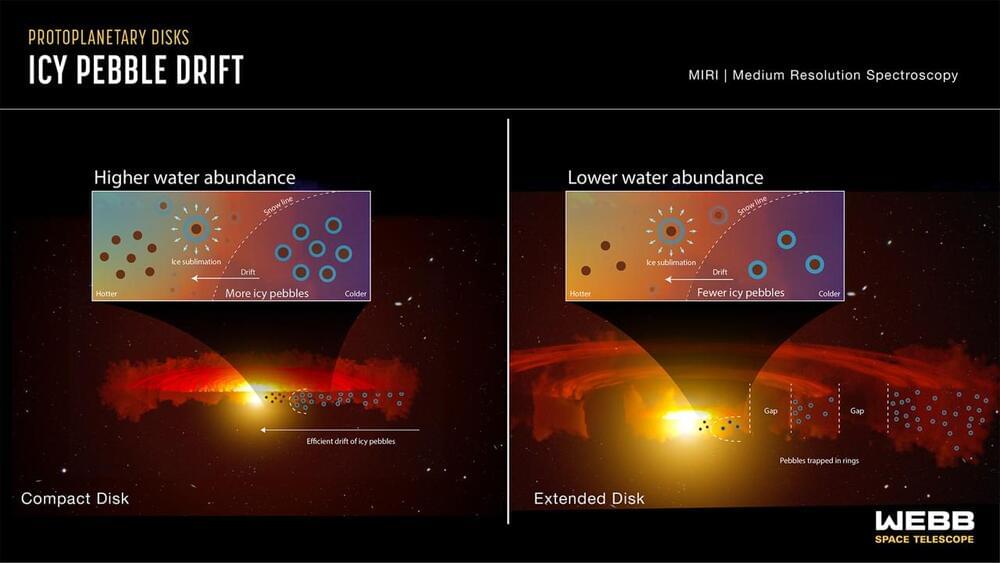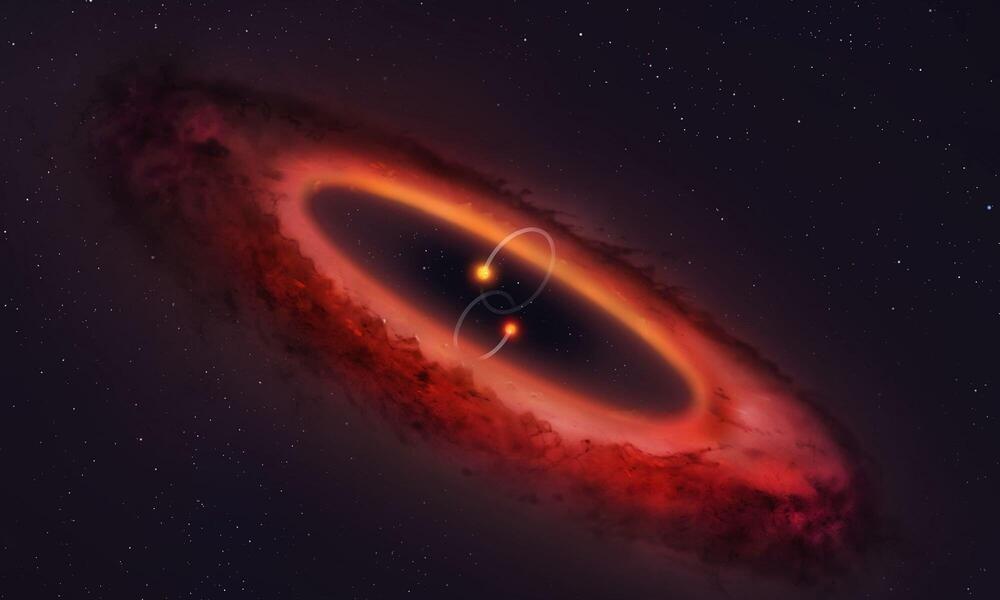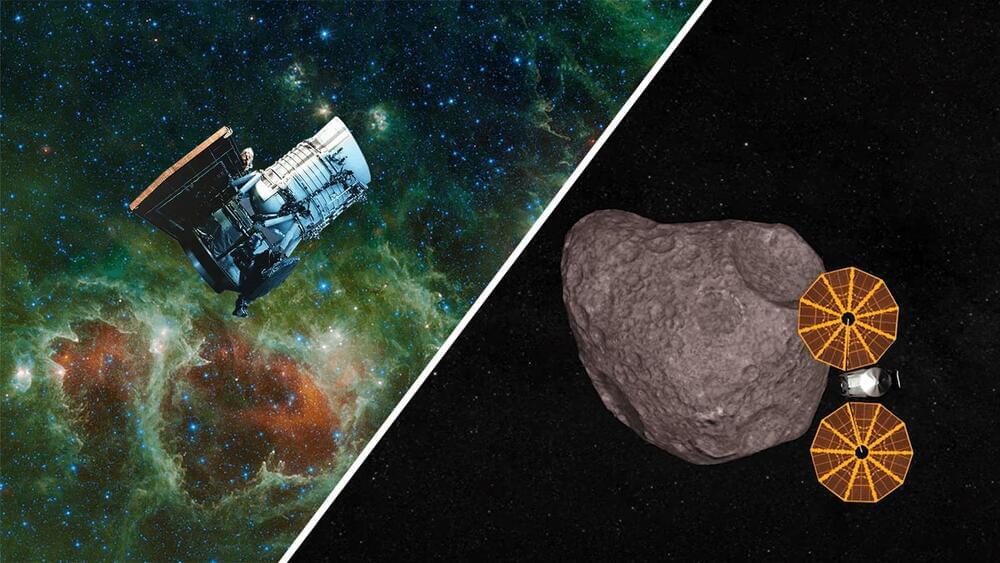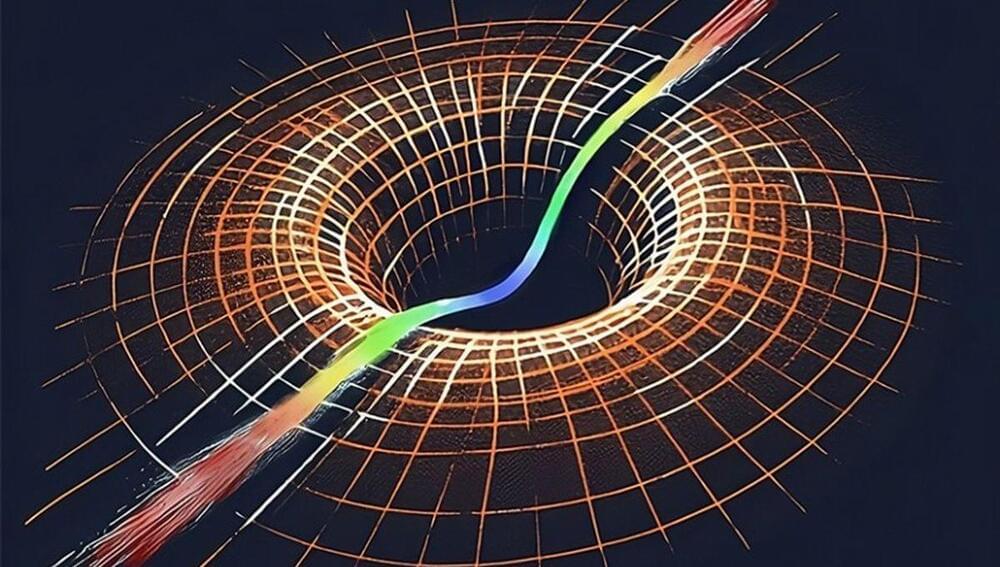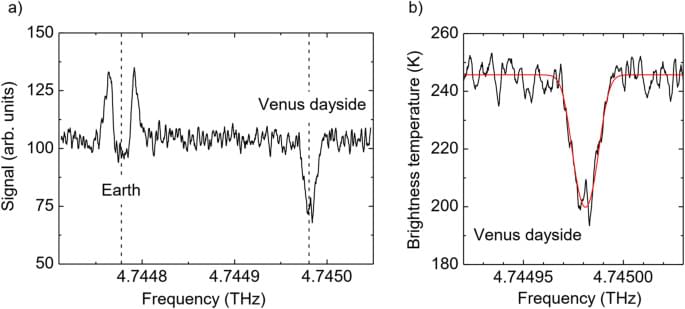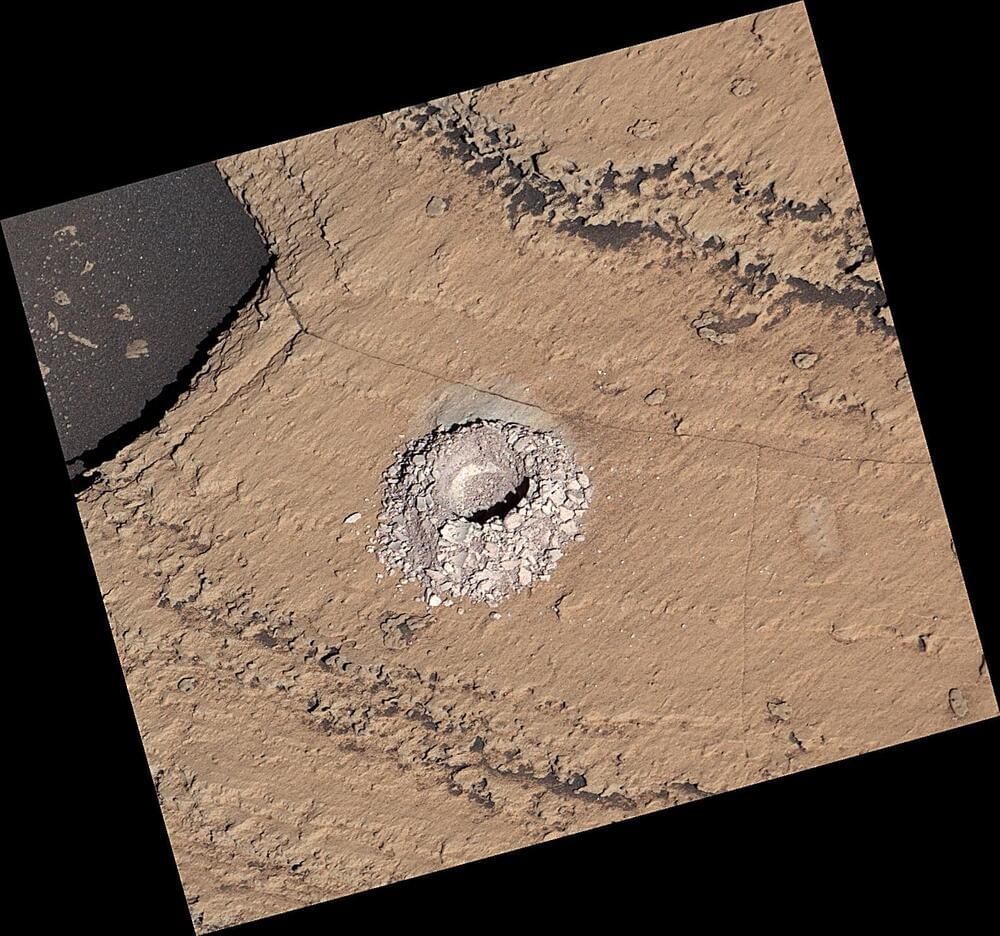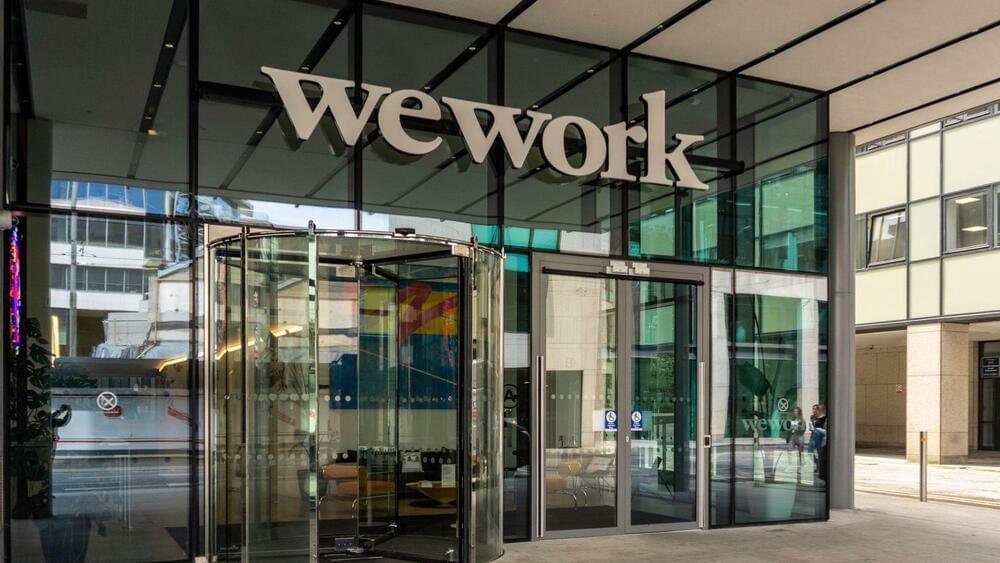A recent study published in The Astrophysical Journal Letters discusses a groundbreaking discovery using the Mid-Infrared Instrument (MIRI) onboard NASA’s James Webb Space Telescope (JWST) to reveal the processes responsible for planetary formation, specifically the transition of water from the colder, outer regions of a protoplanetary disk to the warmer, inner regions. This study was conducted by an international team of researchers and holds the potential to help astronomers better understand the complex processes behind planetary formation, which could also help us better understand how our own solar system formed billions of years ago.
“Webb finally revealed the connection between water vapor in the inner disk and the drift of icy pebbles from the outer disk,” said Dr. Andrea Banzatti, who is an assistant professor of physics at Texas State University and lead author of the study. “This finding opens up exciting prospects for studying rocky planet formation with Webb!”
Using MIRI, which is sensitive to water vapor in protoplanetary disks, the researchers analyzed four protoplanetary disks orbiting Sun-like stars, although much younger, at only 2–3 million years old, and the four disks analyzed consisted of two compact disks and two extended disks. The compact disks were hypothesized to deliver ice-covered pebbles to a distance equivalent to the orbit of Neptune in our solar system, and the extended disks were hypothesized to deliver ice-covered pebbles as far out as six times Neptune’s orbit. The goal of the study was to determine if the compact disks exhibited a greater amount of water in the inner regions of the disk where rocky planets would theoretically form.
